- Category
- Latest news
Russia May Have Deployed Nuclear Air-to-Air Missiles on Fighter Jets. Here’s What US Intelligence Reveals
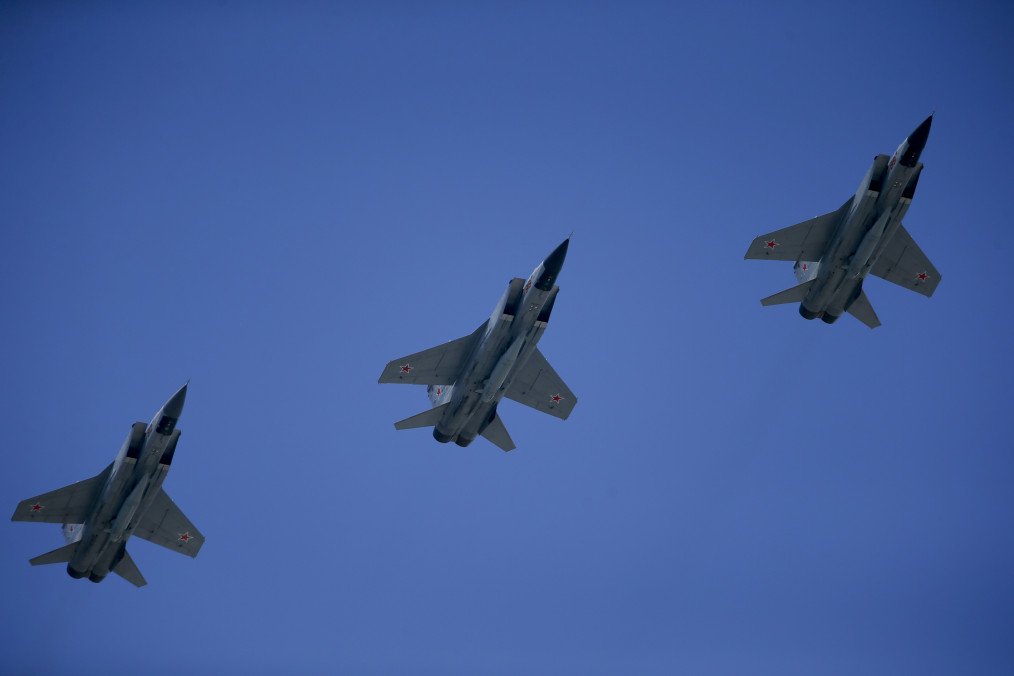
Russia has introduced a new nuclear-armed air-to-air missile designed for use with its MiG and Su-series fighter jets, according to a newly released US intelligence report.
The disclosure, detailed in the Defense Intelligence Agency’s (DIA) 2025 Worldwide Threat Assessment, highlights Moscow’s expanding nuclear arsenal and the return of Cold War-era weapons concepts.
While the Soviet Union previously deployed nuclear-tipped air-to-air missiles, the current existence and deployment of such systems in the Russian Aerospace Forces (VKS) had remained largely speculative—until now.
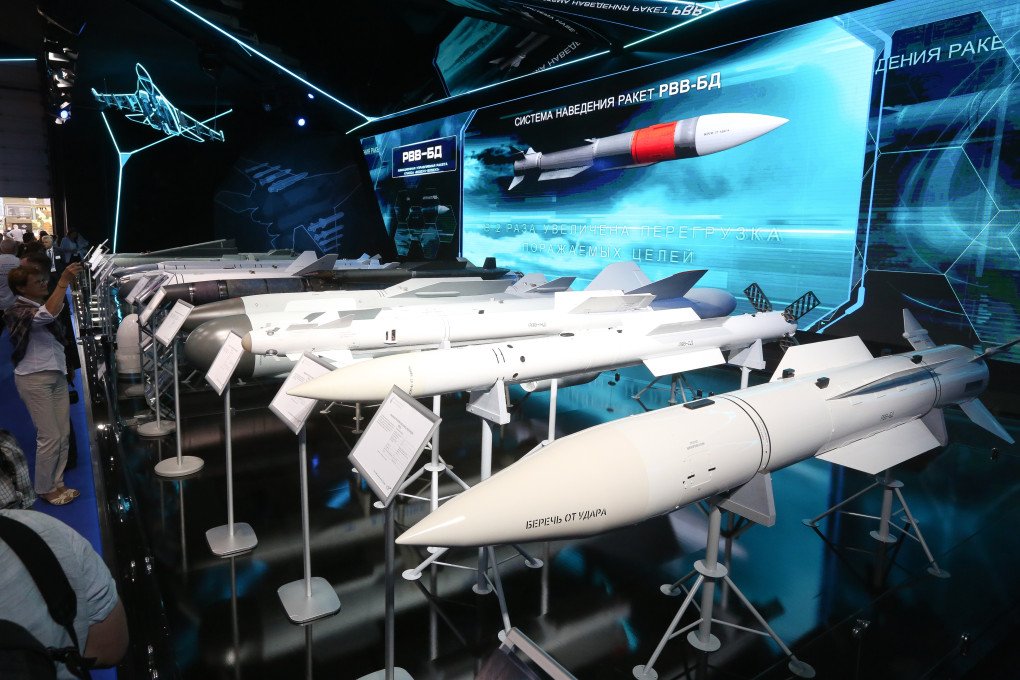
“Russia is expanding its nuclear forces by adding new capabilities, including nuclear air-to-air missiles and novel nuclear systems,” the report states. It estimates that Russia maintains a stockpile of approximately 1,550 deployed strategic warheads and up to 2,000 non-strategic warheads.
The unclassified assessment, presented to the US House Armed Services Subcommittee on Intelligence and Special Operations, also notes Moscow’s nuclear deployments in Belarus, where Russian forces are building and modernizing nuclear storage sites and training Belarusian crews to handle tactical nuclear weapons.
A revived Cold War concept?
Though the DIA does not name the missile in question, defense analysts—including The War Zone—believe it likely refers to a nuclear-capable variant of the R-37M (NATO designation: AA-13 Axehead), a long-range air-to-air missile originally developed for the MiG-31 Foxhound interceptor.
✈️Sukhoi Su-35S fighter jet.
— Massimo Frantarelli (@MrFrantarelli) April 29, 2025
🚀 R-37M long-range AAM.
📹 "bortzhyrnal". pic.twitter.com/CHuAcI2VTX
The R-37M has since been adapted for use on modern fighters like the Su-30SM, Su-35S, and Su-57.
Originally developed in the early 1990s as the R-37 (or izdeliye 610), the missile underwent a prolonged development cycle due to post-Soviet budget constraints. The enhanced R-37M, designated izdeliye 610M, was first test-fired in 2011 and entered limited service around 2018.
The R-37M weighs approximately 1,124 pounds and measures 13 feet in length.
It is powered by a dual-pulse solid rocket motor and guided by an active radar seeker, giving it an advertised range of up to 124 miles—though this is believed to apply mainly to large, slow-moving targets under ideal conditions.
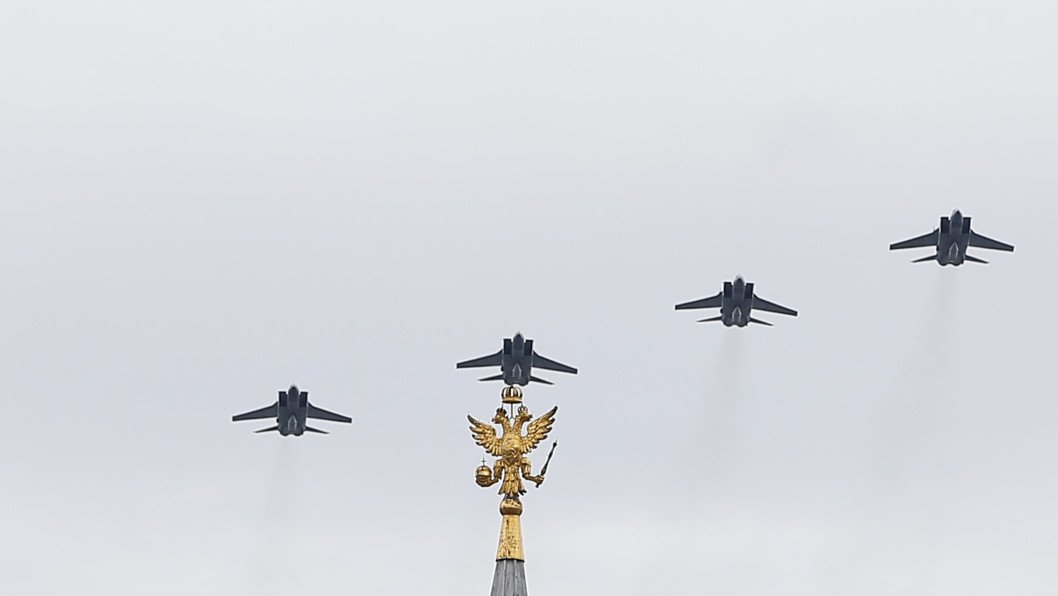
By comparison, the US AIM-120D has an estimated range of up to 100 miles, while the newer AIM-260 and AIM-174B (an air-launched version of the Navy’s SM-6) are being developed to rival or exceed those capabilities.
A deadly threat in the skies over Ukraine
Ukrainian pilots have already had to contend with the R-37M’s conventional variant in combat. The missile is reportedly used from within Russian airspace, giving it reach without exposing launch aircraft to retaliation.
Speaking to The War Zone in 2023 before he died in a crash, Ukrainian MiG-29 pilot Andrii “Juice” Pilshchykov described the R-37M as a game-changing threat.
-8ff74eb427048fb43a21b623ab814c0b.png)
“Of course, if you’re maneuvering, we are not able to provide an airstrike or something else, so the game is still very, very, very tough in the air and very, very risky. If you’re not aware of the launch of a missile, you’re dead.”
While there is no official confirmation that the R-37M is operational with a nuclear warhead, such a configuration would mirror the earlier R-33S (“Spetsyalnaya” or “special”), a nuclear variant of the MiG-31’s original R-33 missile reportedly introduced in 1991.
Footage from Russian “non-strategic nuclear forces” exercises in 2024 included MiG-31s armed with R-33s, sparking speculation that the nuclear-tipped R-33S may still be in service.

If the DIA’s assessment refers to a nuclear-capable R-37M, it would mean Russia is now fielding the only nuclear-armed air-to-air missiles in active service anywhere in the world.
Earlier, Russia’s Kalashnikov Concern announced a production boost of the Kitolov-2M precision-guided artillery shells, designed for 122-mm D-30 howitzers and 2S1 Gvozdika systems, potential US Copperhead rival.
The company reports that manufacturing of the munitions began earlier this year on new production lines launched in late 2024.
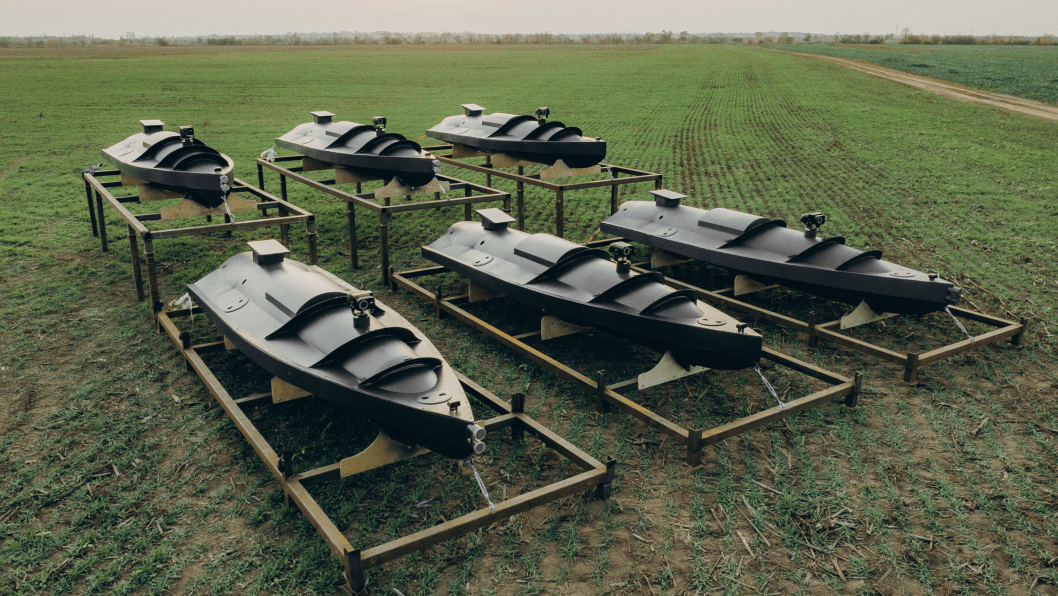

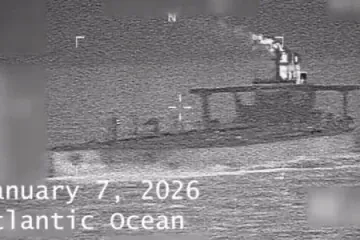

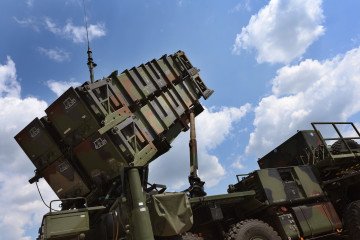
-72b63a4e0c8c475ad81fe3eed3f63729.jpeg)


-111f0e5095e02c02446ffed57bfb0ab1.jpeg)